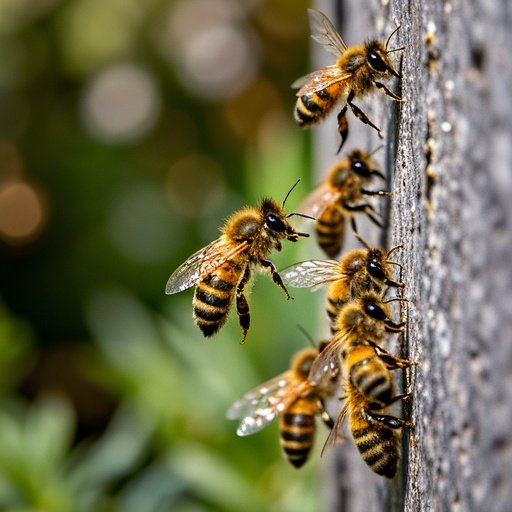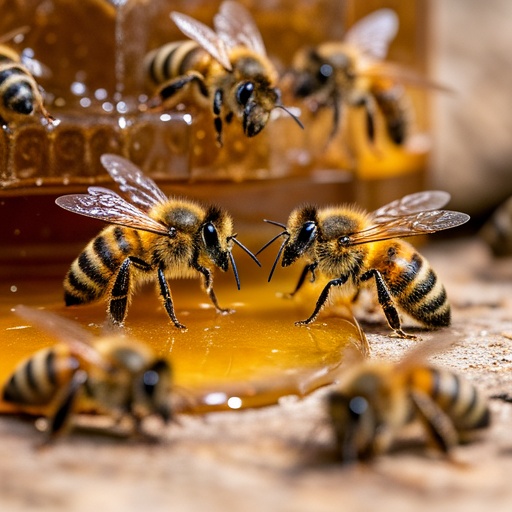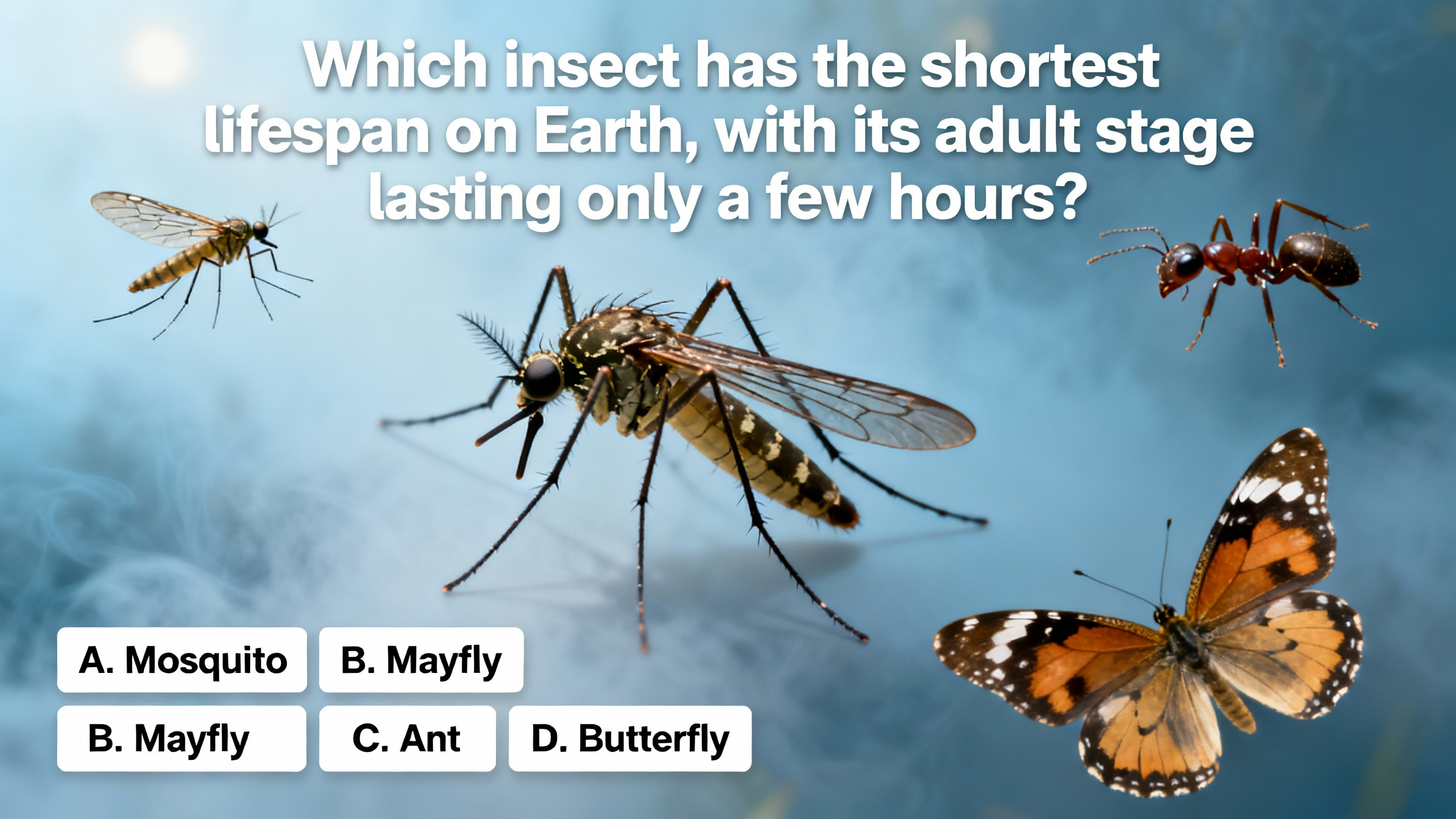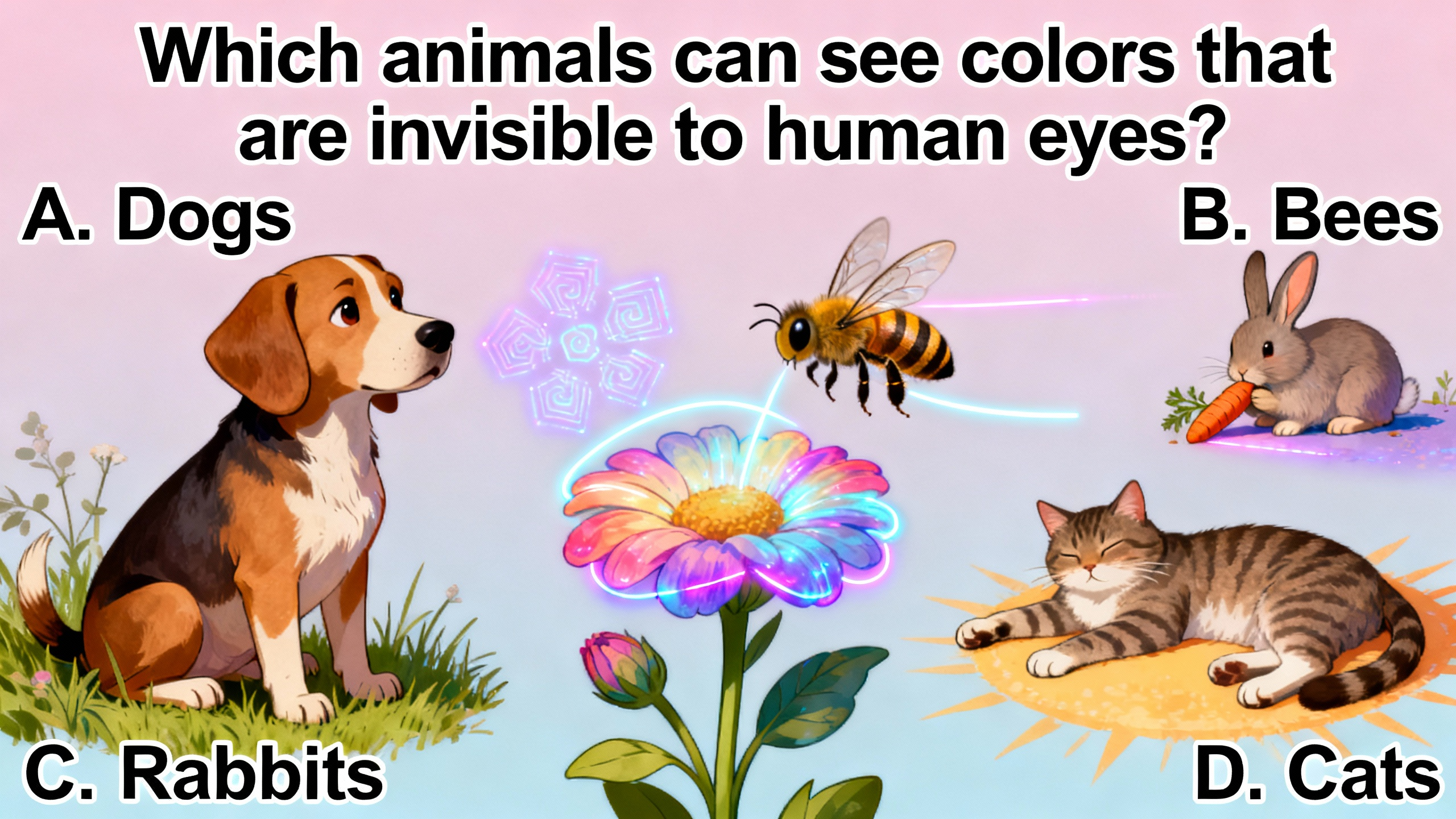Honeybees' Waggle Dance: A Unique Communication Method
 Honeybees use the waggle dance to communicate the exact location of a food source to their hive mates. This dance is a remarkable form of non - verbal communication in the insect world.
Honeybees use the waggle dance to communicate the exact location of a food source to their hive mates. This dance is a remarkable form of non - verbal communication in the insect world.
 The waggle dance consists of two main parts: the waggle run and the return run. During the waggle run, the dancing bee moves in a straight line while waggling its abdomen from side to side. The angle of the waggle run relative to the vertical direction on the honeycomb surface indicates the direction of the food source relative to the position of the sun. For example, if the bee waggles straight up on the honeycomb, it means the food is in the same direction as the sun. If it waggles at an angle, other bees can calculate the corresponding angle in the outside world to find the food.
The waggle dance consists of two main parts: the waggle run and the return run. During the waggle run, the dancing bee moves in a straight line while waggling its abdomen from side to side. The angle of the waggle run relative to the vertical direction on the honeycomb surface indicates the direction of the food source relative to the position of the sun. For example, if the bee waggles straight up on the honeycomb, it means the food is in the same direction as the sun. If it waggles at an angle, other bees can calculate the corresponding angle in the outside world to find the food.
 The duration of the waggle run conveys information about the distance to the food source. Generally, a longer waggle run means the food is farther away. Other bees can sense the vibrations and air movements created by the dancing bee. They also use their antennae to detect the pheromones released by the dancer, which may carry additional information about the type of food. By carefully observing these cues, bees can accurately interpret the location details provided in the waggle dance and then fly out to find the food source. This complex communication system allows honeybees to efficiently forage as a group, making the most of available food resources in their environment.
The duration of the waggle run conveys information about the distance to the food source. Generally, a longer waggle run means the food is farther away. Other bees can sense the vibrations and air movements created by the dancing bee. They also use their antennae to detect the pheromones released by the dancer, which may carry additional information about the type of food. By carefully observing these cues, bees can accurately interpret the location details provided in the waggle dance and then fly out to find the food source. This complex communication system allows honeybees to efficiently forage as a group, making the most of available food resources in their environment.










